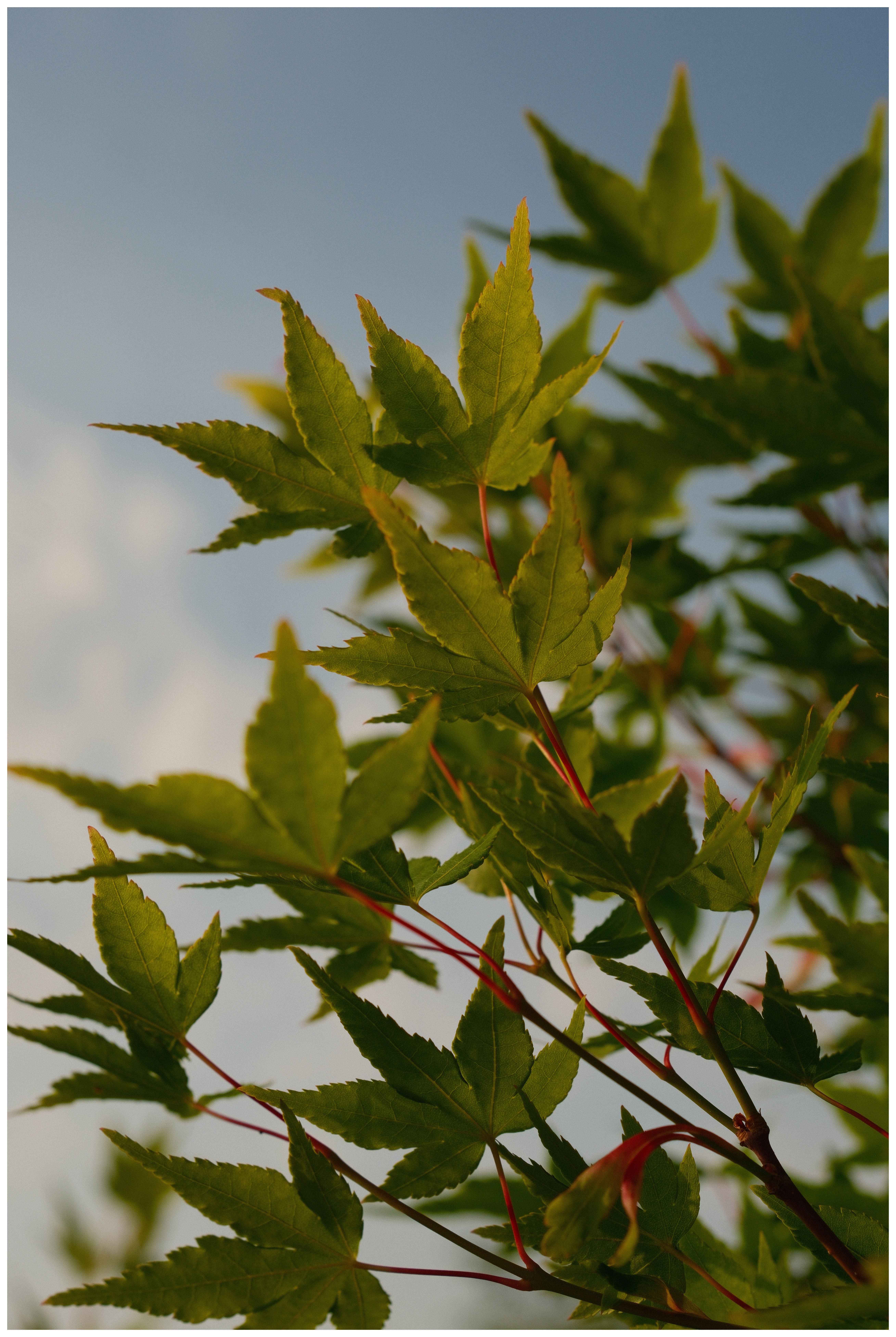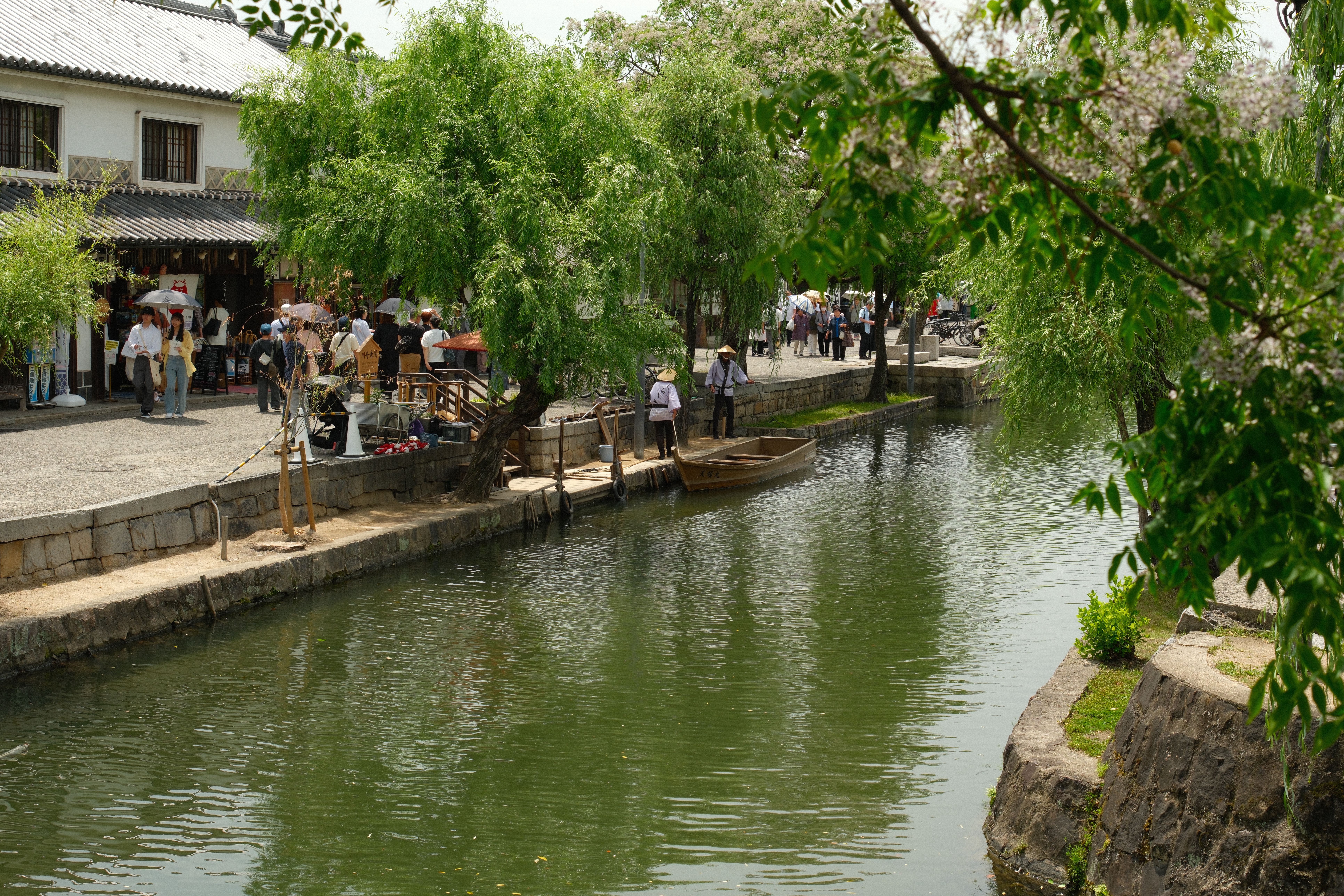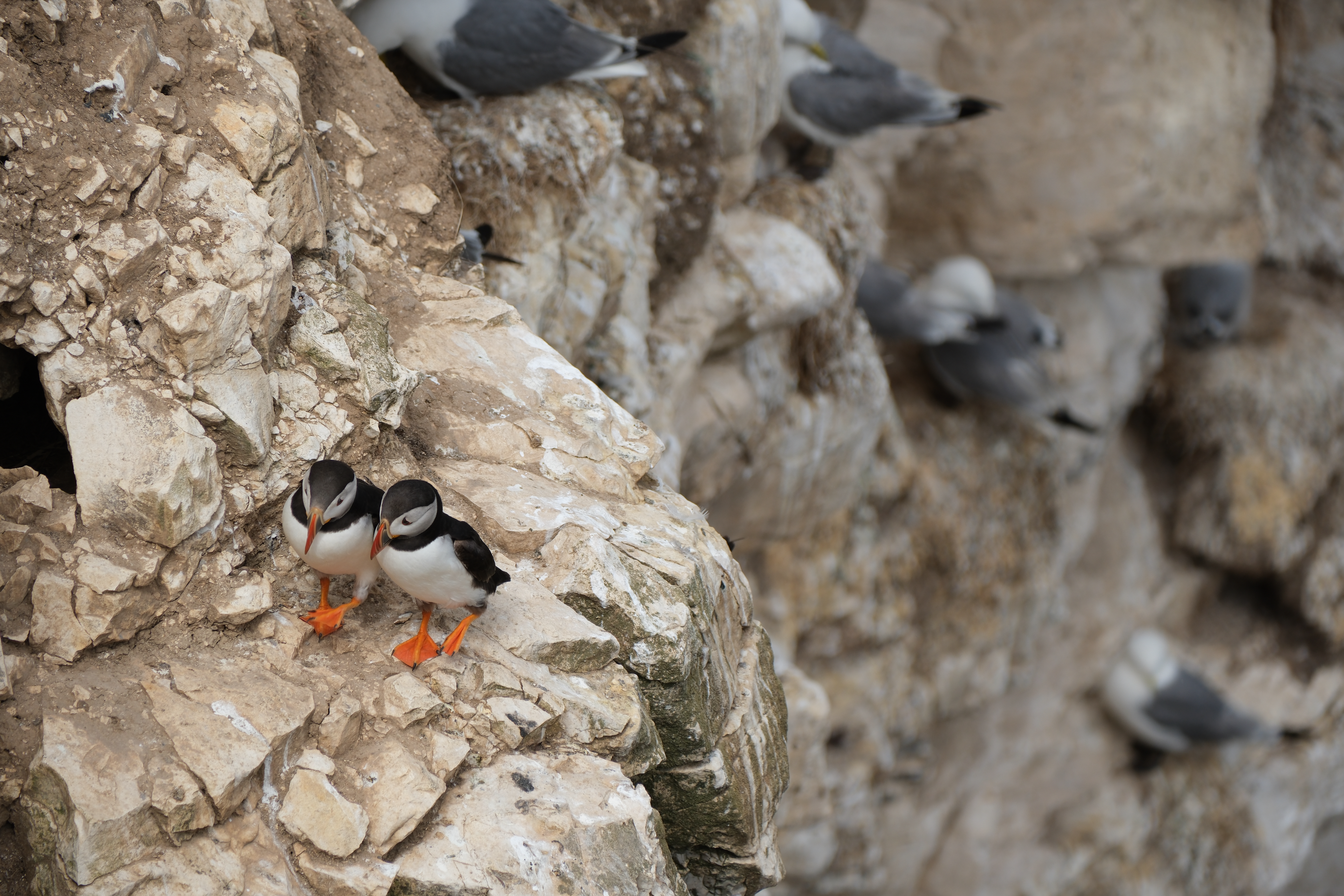FUJINON XF33mm F1.4 R LM WR & XF16-55mm F2.8 R LM WR II
Before my recent trip to Japan, I bought a new lens. The FUJINON XF33mm F1.4 R LM WR. It was my first proper prime lens, I have a cheap Samyang 12mm f2 that I bought for astrophotography for my last Iceland trip, but I don't count that.
The motivations for buying the 33mm were:
- A wide aperture lens for better low light performance
- To try the much lauded prime lens sharpness, particularly over the XF 16-50 F2.8-4.8, I bought with the camera.
- The simplified and constrained photography process of a prime lens
- I tend to prefer tighter shots over wider (~50mm full frame equivalent), which is why I chose it over the XF 18mm F1.4.
I was tempted to rent one instead of buying it, but given the duration of the trip and how well these lenses tend to hold their resale value, it didn't make sense. I thought if I bought it new, then after the trip decided if I wanted to keep it - I wouldn't lose much compared to had I rented the lens. Also, if I had rented the lens and decided I wanted one - I'd have been even worse off.
Anyway, as with my previous post about the last lens I bought, this isn't a proper review. More just detail of why I bought it and my brief impressions of the product. No technical sharpness or quality comparisons, no technical breakdowns.
So, did I sell it after I returned from Japan? Nope. It became my favourite lens and it genuinely sold me on the idea of prime lenses for photography. I said in my post about the 70-300:
I'm still very early on in learning how to take decent photos, but one thing I have continually run into since buying the XT-5 with the 16-50mm lens, is that I constantly wanted more.. reach.
Maybe this is showing my lack of experience and skills, but I also do like the framing and compression that a longer focal length provides in many situations.
What I'm highlighting here is my thoughts around my lack of experience and skill. With a zoom lens, I do tend to adjust the focal length a lot for any one shot. It can make me overthink my shot, and with the 33mm / 50mm FF equivalent, that people say is closest to a 'natural-to-your-eye-equivalent' focal length.
Obviously our eyes have a much wider field of view, but in terms of what's in focus and things like lens distortion, it seems to make sense to me. It feels like there are fewer actions between seeing the shot with my eyes and then taking the shot with my camera. With my standard zoom, I'll see the shot with my eyes and often play with the focal length a bit and then take the the shot.
Often with the prime lens, I'll see the shot with my eyes and then take a few steps forward or back, so I'm careful not to claim that there is this 1:1 relationship of 'see shot, take shot with no adjustment' - but it does feel like that happens more often when I'm using my 33mm.
This is important to me because I'm not someone who puts much a lot of effort into timing, or framing, or artistically composing photos. Travel photography is probably the best description of what I do. I'd love to develop an eye and skill for the more artistic genres of photography, but I am motivated by the 'travel photography' mindset - because I really do regularly go through my photos to remember things I've done and places I've been to.
That's why whenever I share my photos I often focus on the chronological ordering or location based categorisation. It's about documentation for me - just with - hopefully - some added flare, additional aesthetic quality, or capturing a vibe of a place in a way that a standard shot might not.
I did say this isn't so much a review about this particular lens's technical qualities itself, and I was tempted to delete this tangent about why I've gotten into photography more and my motivations on how I do it. But this is really the most important part, the lens is just an enabler - and I think this lens's two particular attributes: the fixed focal length at 33mm/50mm FF helps demonstrate that motivation for me.
The tighter field of view did sometimes present some challenges I couldn't overcome with my feet though. I couldn't always get the shot I wanted - and I needed a wider lens. I did for a portion of the trip carry around my zoom lens too, but I often didn't bother swapping it on - and as I went through the trip - I got a lot more confident at just carrying around the one 33mm lens on my camera.

Closest to a 'technical quality' shot I took. Fading light, shallow depth of field, I feel like this captures the aesthetic qualities of the lens that I like well.
The quality is excellent, it produces the most technically and aesthetically pleasing photos of any of my lenses. It's super sharp, the wide aperture was genuinely really useful particularly in low light - and those super shallow depth of field shots - whilst obviously a cliche for us amateur photographers, are still fun.
The build quality is great, it's a solid, metal construction - aperture ring is super satisfying and the focus ring is smooth and well weighted. It feels great to hold. The size is good, weight is fine - overall - I'm a huge fan of this lens.
For photos samples, take a look at my Japan photos post - all but maybe 1 photo on there is from the 33mm - although, quite compressed.

16-55mm F2.8 II
So, after all that talk about how great prime lenses are and how much I've enjoyed shooting them - why did I spend all this money on upgrading my standard zoom lens (the 16-50 F2.8-4.8).
Good question. Part of it is impulse, and I explain how that impulse began in this post, on day 10, part of it is - after seeing the quality of the prime, and how highly rated the 16-55 and new 16-55 mark II were for image quality, sometimes dubbed the 'box of primes', I felt like I wanted to level my standard zoom up towards that quality.
The 16-50 I replaced is a good lens, excellent size and weight, internal zoom and pretty sharp, weather sealing. But it has a variable aperture and it isn't quite up to the standard of the great primes or professional zoom lenses.
I didn't need it, but once I got the bug, and because there was/is a scarcity of them - it bypassed the (admittedly small) rational part of my brain and I locked on to acquire it. As I mentioned in the Japan post, I went through many camera stores hoping that one would have some in stock - none did. I finally found one in the UK shortly after I got back, in a specialist retailer that people don't check because camera gear is far from its specialty.
Impressions of the lens itself:
- It is sharp and the quality is excellent, it really isn't far off the prime - it's pretty marginal in many cases to my eye. There is common wisdom that a standard zoom just won't come close to a good prime, and maybe that was once true, but it seems like things have progressed a lot - because I'd say the difference appears to be a lot smaller than it used to be. If you have a good zoom lens, be assured that a prime isn't going to be transformative in terms of technical qualities.
- The constant aperture is really nice - it does add utility to this lens in many situations, particularly in low light. I can get some pretty good handheld, low-ish light shots at a long focal length, that I did struggle a bit more with my previous 16-50.
- The size and weight is a significant improvement over the previous model. I didn't own it, but as I described in the Japan post, a Fujifilm staff member let me hold both the old and new lenses to compare them and it is fairly substantial achievement.
Despite my praise and enjoyment of the 33mm prime, I do enjoy landscape photography and I think zoom lenses do have a lot more utility there. If I'm out on a hike and I don't want to bring my three main lenses with me, I'll only bring two: my 16-55 and 70-300. Having that good quality zoom will also increase my confidence in carrying it around for evening street photography and allow me to have, on hand, a wider lens. I feel like I am more likely to swap it on in those situations than I was with my older 16-50.
For photo samples (includes a few 70-300 of the puffins), see the landscapes in my recent day out to Flamborough head.

Finally
I'm happy with the lenses I have now, I feel like I'm covered what I need. If I went on a trip with a lot of wildlife, I'd consider renting the XF 100-600mm, but there's no reason for me to consider buying that. Maybe if I see a second hand 1.4x teleconverter for a good price I'll pick that up.
Additionally, if I could get an 18mm second hand for a decent price, I might consider that too - but honestly, for the first time since getting this camera - I feel content with the lens selection I have.

Member discussion